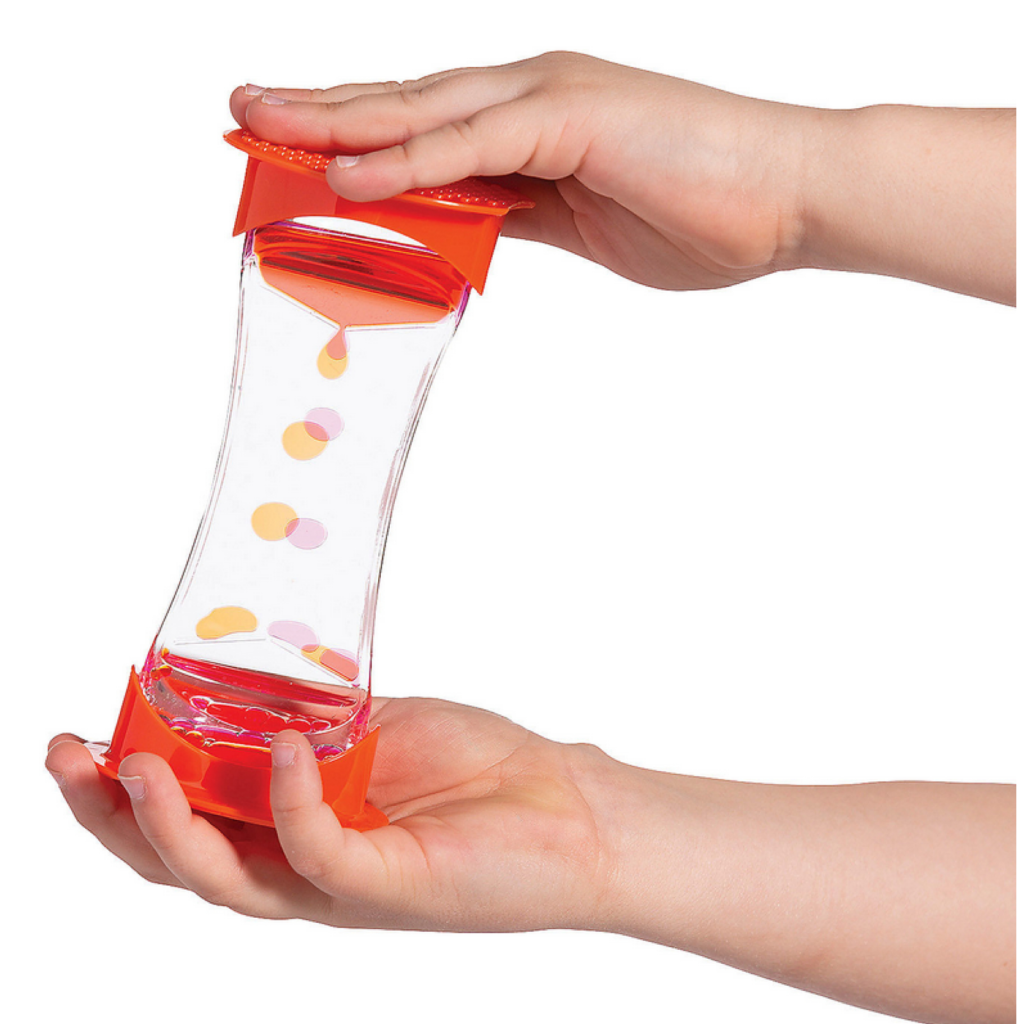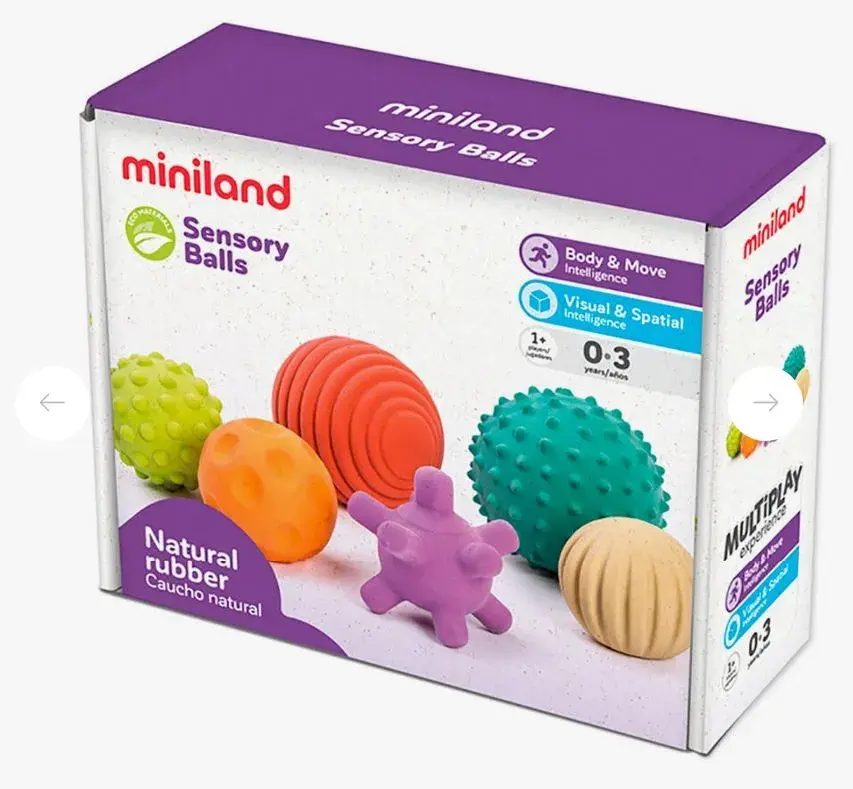Fidget Toys and Alzheimer’s Disease

Not just for the classroom — fidget toys are effective tools for adult patients with Alzheimer’s as well. Here’s why.
As previously discussed on this blog, fidget toys have become popular tools in classrooms for children and even in offices for adults. However, the application and usefulness of fidget toys goes beyond increasing focus and concentration in scholastic and work settings. Fidget toys have more recently been found to be effective tools for helping patients of Alzheimer’s calm down and focus as well.
How do fidget toys help folks with Alzheimer’s?
It isn’t surprising that fidget tools are beneficial for individuals with Alzheimer’s. But, to understand why fidget toys are effective, it’s helpful to know what Alzheimer’s disease is.
Alzheimer’s is generally thought of as a memory loss disorder. This isn’t wrong; Alzheimer’s does include a deterioration of thinking skills and mental recall. However, the disease is more than just forgetfulness. Alzheimer’s actually includes physical changes in the brain such as shrinkage, protein deposits, and cell death. The brain may also lose neural connections it had developed earlier in life. This is why Alzheimer’s patients forget how to do elementary life tasks that they had previously known how to do.
As you can imagine, this loss of recall and ability can be frightening for the individuals who experience it. Folks with Alzheimer’s can become agitated or aggressive as the disease progresses. Mental deterioration also requires patients to rebuild some basic neural pathways. These are the areas where fidget toys become effective tools for reducing the effects of Alzheimer’s.
Fidget toys are calming
As we know from their use in classrooms, fidget toys help calm restless children and keep their minds focused on tasks at hand. These tools can do the same thing for adults with Alzheimer’s. Individuals with Alzheimer’s may become aggressive or agitated as the disease takes its course. They may also display restless behaviors such as pacing, wringing their hands, or pulling at their clothes.

The causes of this agitation are varied. However, providing patients with a calming outlet such as a fidget aid can help defuse their tension.
Fidget tools are repetitive
Second, fidget toys are simple and repetitive. They therefore don’t require any prior knowledge to use. This makes them the perfect tool for Alzheimer’s patients who, especially at later stages of the disease, may not recall how to play even simple games like Go Fish.
Providing simple, easy-to-figure-out activities for someone with Alzheimer’s gives them something to do while reducing their frustration with their own forgetfulness.
Fidget toys employ fine motor skills and sensory receptors
Lastly, fidget toys can help adults with Alzheimer’s practice some of the skills that they may have lost. These include fine motor motions and sensory receptiveness. Fidget toys can encourage simple movements like flicking and spinning to more advanced folding movements.

Best types of fidget toys for Alzheimer’s patients
Because one’s experience with Alzheimer’s differs from person to person, there isn’t one best fidget toy for every patient. However, general guidelines for Alzheimer’s fidget aids are that they should be large, boldly colored, and easy to manipulate.
Alzheimer’s tends to affect folks later in life. So, patients may have concurrent diagnoses such as arthritis or vision loss. Adults with Alzheimer’s experience additional changes to their vision. They lose some depth perception. They also have narrowed fields of vision, meaning that their peripheral vision is reduced.
Large, boldly colored fidget aids are easier to see and hold. They also have the added benefit of being harder to chew or swallow, which are other behaviors folks with Alzheimer’s or dementia may exhibit. (The last thing you want someone with Alzheimer’s to do with a fidget toy is try to eat it – so fidget options like stress putty are probably NOT top options for Alzheimer’s patients.)

Lastly, Alzheimer’s patients benefit most from fidgets that move easily and predictably. Folks with Alzheimer’s are easily frustrated by tools that they can’t use; reduce their frustration by making sure their sensory toys are intuitive.
